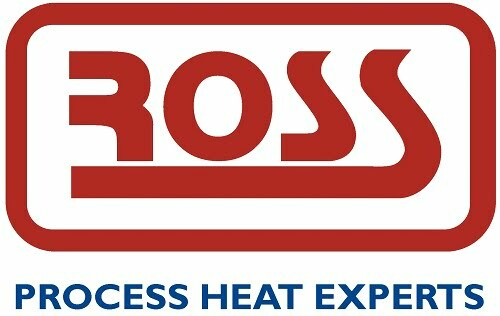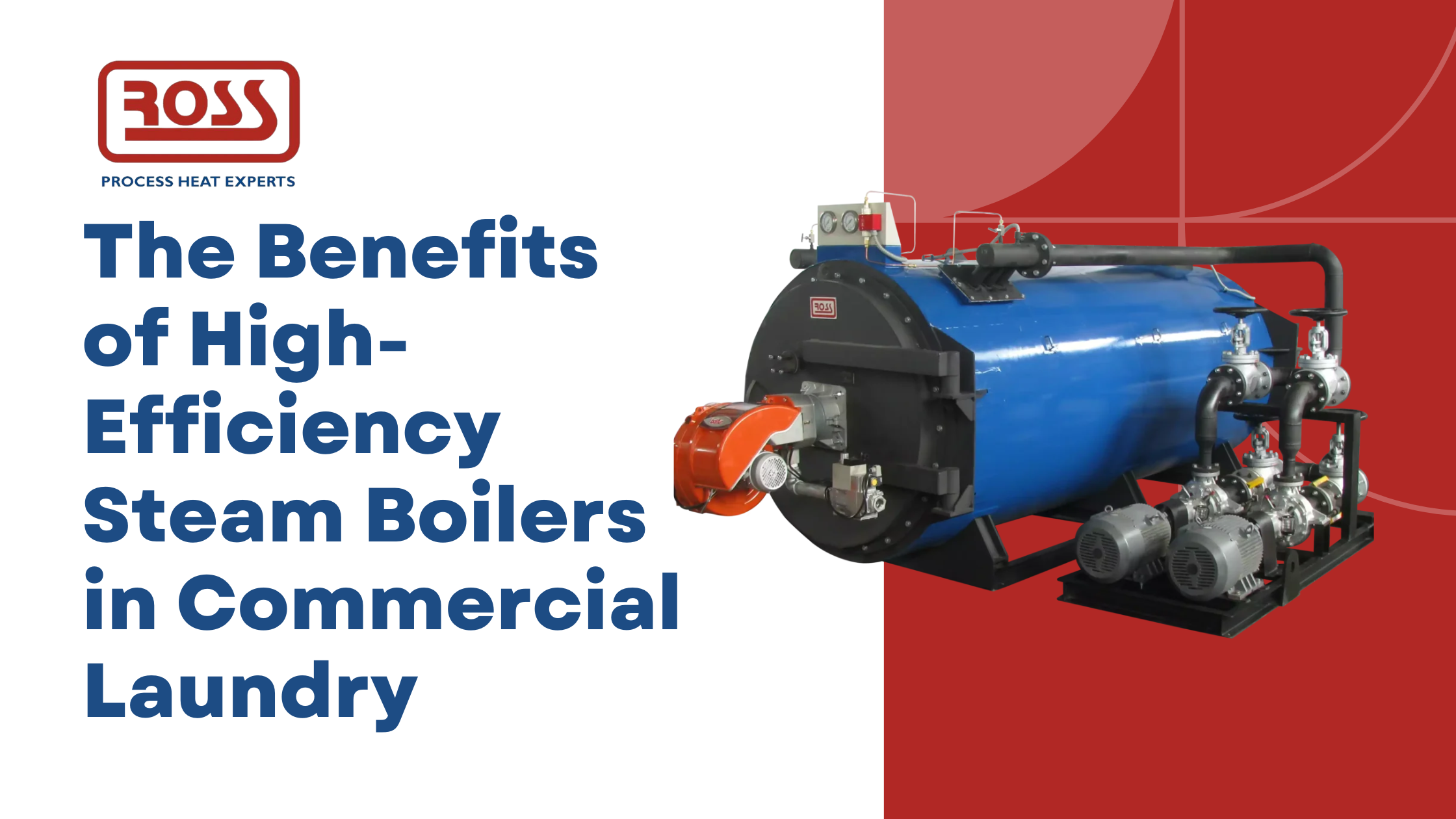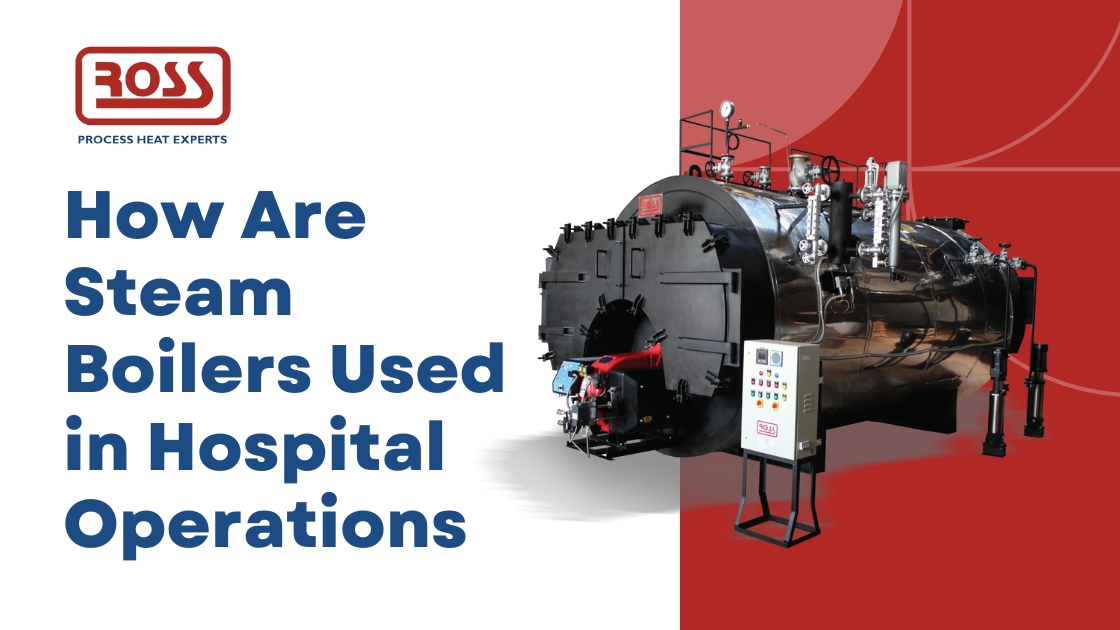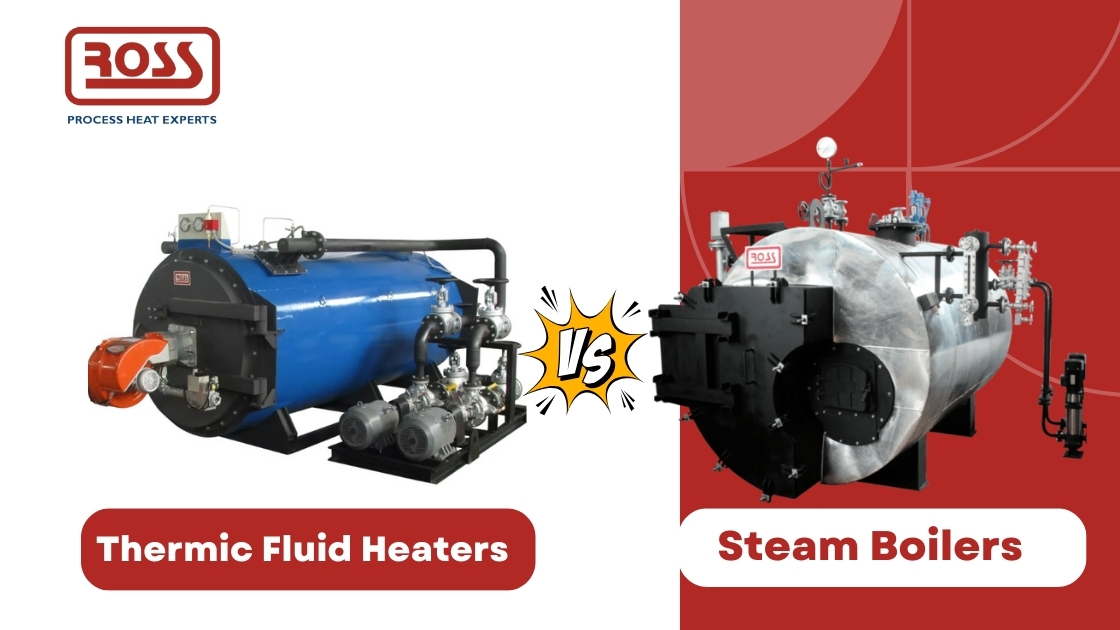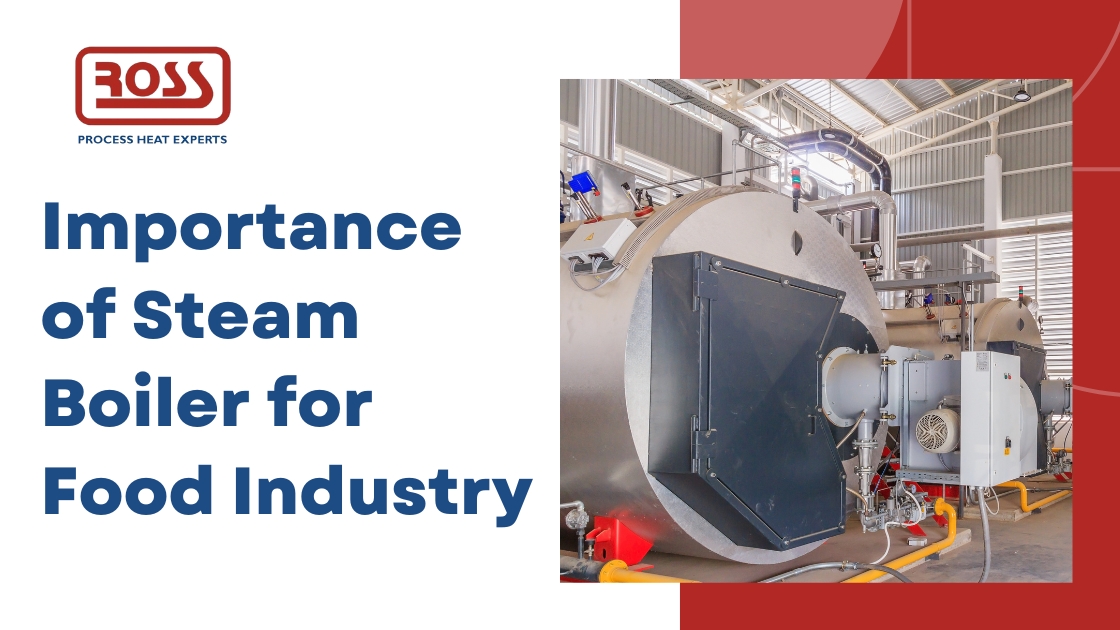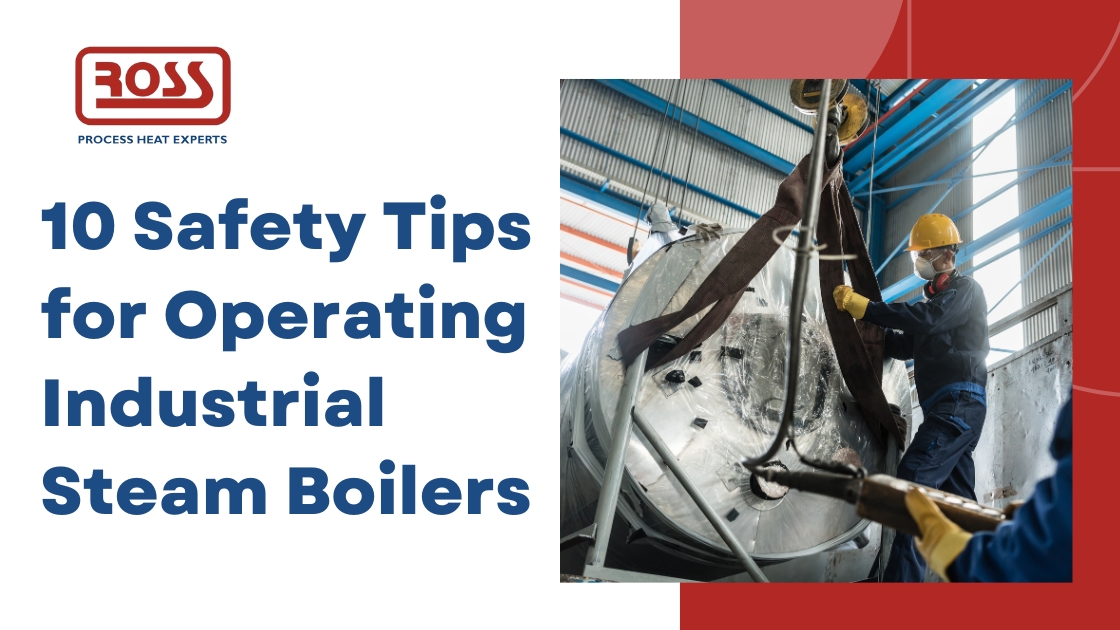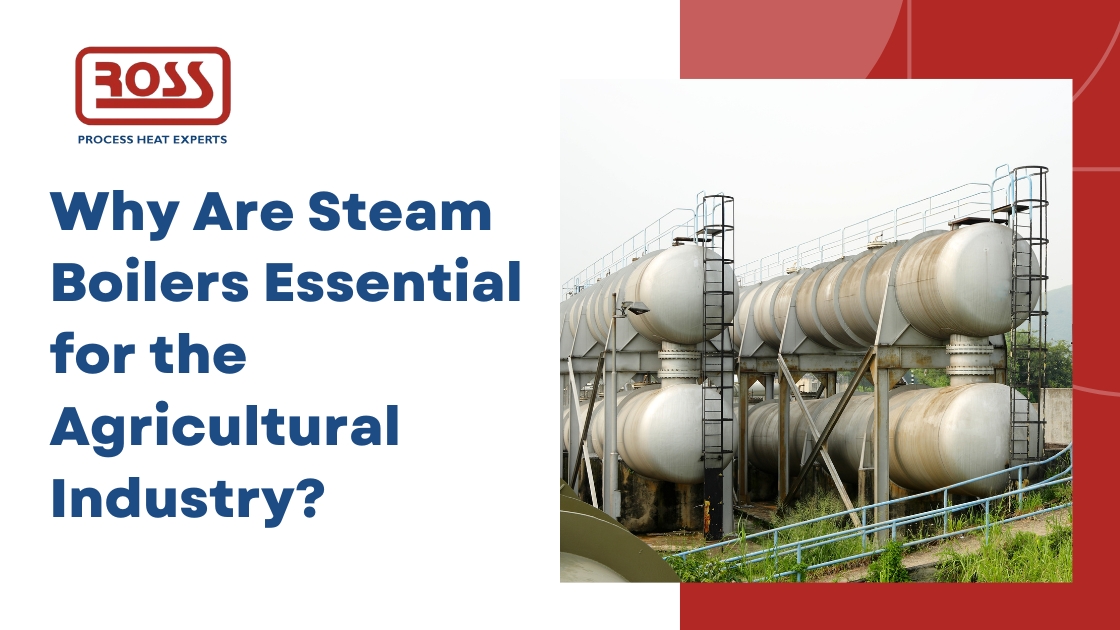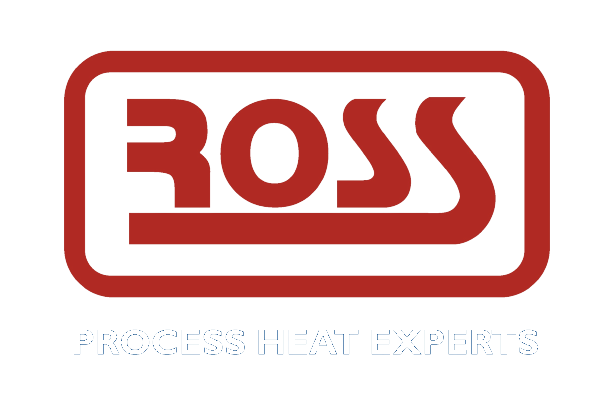Steam boilers play a vital role in various industrial operations, providing essential heat and energy for numerous processes. Their significance is highlighted by their versatility and efficiency across different applications, from manufacturing to healthcare. This article explores the various types of steam boilers available and their specific uses in different industries, guiding you in selecting the most suitable steam boiler for your needs.
What is a Steam Boiler?
A steam boiler is a closed vessel designed to heat water under pressure to produce steam. This steam is then used for various purposes, including heating, sterilization, and power generation. The basic operation of a steam boiler involves burning fuel—such as coal, oil, or gas—to generate heat. This heat is transferred to the water inside the boiler, creating steam. Understanding how steam boilers function is essential for choosing the right type for your industrial requirements.
Types of Steam Boilers
Several types of steam boilers cater to various industrial needs, each offering unique features and applications. Understanding these types helps in selecting the most suitable boiler for specific operational requirements. Here’s an overview of the main types and their applications:
1. Fire-Tube Boilers
- Description: In fire-tube boilers, hot gases from the burning fuel pass through tubes that are surrounded by water. The heat from these gases warms the water to produce steam.
- Applications: Fire-tube boilers are suitable for lower pressure applications. They are commonly used in smaller industries or where space is limited. However, they are less efficient for large-scale operations due to their limited pressure capabilities.
2. Water-Tube Boilers
- Description: Water-tube boilers have water flowing through tubes that are heated by surrounding hot gases. This configuration is ideal for high-pressure applications.
- Applications: Water-tube boilers are preferred for large-scale and high-pressure applications, such as power plants and large industrial processes. They offer better efficiency and can handle higher pressures compared to fire-tube boilers.
3. Electric Boilers
- Description: Electric boilers use electricity to generate heat, which is then transferred to water to produce steam.
- Applications: Electric boilers are known for their clean operation and are often used in settings where emissions need to be minimized. They are suitable for small to medium-sized applications but may have higher operational costs due to electricity prices.
4. Condensing Boilers
- Description: Condensing boilers recover heat from exhaust gases that would otherwise be wasted. This process improves efficiency by utilizing the heat that is usually lost.
- Applications: Condensing boilers are used in applications where energy efficiency is a priority. They are commonly found in modern industrial facilities and commercial buildings. Their complex maintenance requirements are offset by their significant energy savings.
5. Modular Boilers
- Description: Modular boilers consist of multiple smaller units that can operate together or independently. This design offers flexibility in meeting varying demands.
- Applications: Ideal for facilities with fluctuating steam needs, modular boilers are used in industries like food processing, textiles, and large commercial buildings. They provide scalability and efficient use of space.
6. Combustion Boilers
- Description: Combustion boilers can burn various types of fuel, including gas, oil, and coal. The choice of fuel impacts efficiency and environmental impact.
- Applications: These boilers are used in industries that require a specific type of fuel based on availability and cost. For example, coal-fired boilers might be used in industries where coal is a readily available and economical fuel source.
Applications of Steam Boilers in Different Industries
Steam boilers are versatile and find applications across a wide range of industries, each benefiting from their ability to provide heat, power, and process support. Here’s how they contribute to various sectors:
1. Agro Industries
Agriculture steam boilers play a crucial role in crop drying by efficiently removing moisture from harvested crops, which helps prevent spoilage and enhances storage life. Additionally, they provide consistent and controlled heating for greenhouses, creating an ideal environment for plant growth and extending the growing season, ultimately boosting productivity and crop yield.
2. Chemical & Petrochemical Industry
Steam boilers are vital in the chemical & petrochemical industry for providing heat for reactions, distillation, and maintaining precise temperature and pressure control, ensuring consistent and high-quality chemical production.
3. Food & Beverages
In the food and beverage industry, steam is essential for processing foods, producing beverages, and cleaning equipment. It guarantees product safety and quality by effectively sterilizing both equipment and ingredients.
4. Laundry & Dry Cleaning
Steam boilers are crucial for garment pressing, fabric cleaning, and drying in laundries and dry cleaning establishments. They significantly improve the efficiency and effectiveness of these cleaning processes.
5. Textile Industry
Steam is essential for fabric dyeing, finishing processes, and heating in the textile industry. It helps in achieving the desired texture and color in fabrics.
6. Dairy Sector
In the dairy industry, steam is employed for pasteurization, milk processing, and cleaning equipment. It maintains hygienic operations and ensures product safety by effectively eliminating contaminants.
7. Drugs & Pharmaceuticals
In the drugs & pharmaceuticals, steam is vital for sterilization, pharmaceutical production, and maintaining controlled environments. It upholds stringent quality standards by ensuring the cleanliness and consistency of the production process.
8. Engineering Sector
Steam boilers are essential for metal treatment, component manufacturing, and surface cleaning. They enhance product durability and precision by providing consistent heat and efficient cleaning in engineering processes.
9. Hotels and Hospitals
Steam boilers deliver heating, hot water, and sterilization services. They improve comfort and maintain sanitary conditions in hotels and hospitals by ensuring reliable and consistent service.
10. Paper and Packaging Industry
Steam is utilized for pulp production, paper drying, and packaging material processing. It enhances production efficiency and ensures high product quality in the paper and packaging industry.
Factors to Consider When Choosing a Steam Boiler
Selecting the right steam boiler is crucial for optimizing industrial processes and ensuring operational efficiency. To make an informed decision, you need to consider several important factors:
1. Fuel Type and Availability
Choose a boiler that matches the fuel type available and economical in your region. The type of fuel impacts operational costs and environmental footprint.
2. Efficiency Requirements
High-efficiency boilers reduce fuel consumption and operational costs. Evaluate the boiler’s efficiency to ensure long-term savings.
3. Space Constraints
Consider the physical space available in your facility. Modular boilers or compact designs might be necessary if space is limited.
4. Load Requirements
Ensure the boiler’s capacity matches your industry’s steam demands. Oversized or undersized boilers can affect performance and efficiency.
5. Environmental Regulations
Choose a boiler that meets local environmental regulations. Consider options with lower emissions and better environmental performance.
Maintenance and Safety of Steam Boilers
Proper maintenance and safety are essential for the reliable operation of steam boilers, ensuring their efficiency and longevity. Key aspects include:
1. Regular Maintenance
Include inspections, cleaning, and parts replacement. Regular maintenance helps prevent breakdowns and extends the boiler’s lifespan.
2. Safety Protocols
Implement monitoring systems and automatic shut-off mechanisms to prevent accidents. Ensure that safety valves and alarms are functioning properly.
3. Troubleshooting
Understand common issues and their solutions. Quick diagnosis and resolution of problems help maintain smooth operations.
Future Trends in Steam Boiler Technology
Future advancements in steam boiler technology focus on enhancing efficiency and reducing environmental impact:
1. Innovations in Design
Advanced materials and engineering techniques improve boiler performance and durability. Look for boilers with innovative designs that offer better efficiency.
2. Energy-Efficient Technologies
Condensing boilers and waste heat recovery systems are becoming more common. These technologies provide significant energy savings and cost reductions.
3. Environmental Impact
The push for eco-friendly boilers is driven by stringent emissions standards. Future boilers will focus on reducing environmental impact while meeting regulatory requirements.
To Know More: How to Choose the Right Industrial Steam Boiler for Your Industries?
Conclusion
Understanding the different types of steam boilers and their applications across various industries is crucial for making an informed decision. Consider factors such as fuel type, efficiency, space, load requirements, and environmental regulations when selecting a steam boiler. For those in the region, partnering with a reliable steam boiler manufacturer in Ras Al-Khaimah, UAE can provide valuable expertise and support. Selecting the right steam boiler enhances operational efficiency, ensures safety, and supports sustainability efforts
